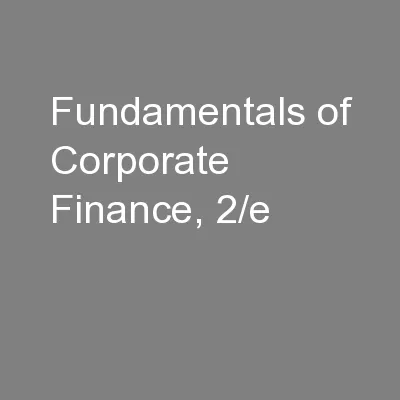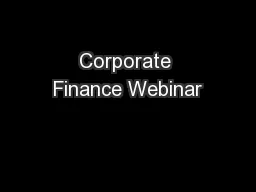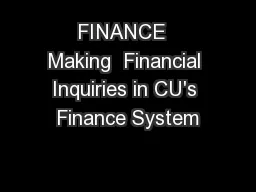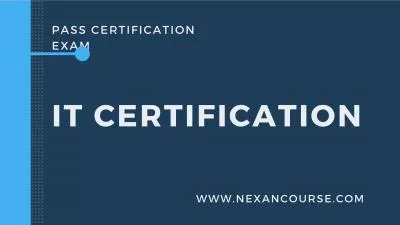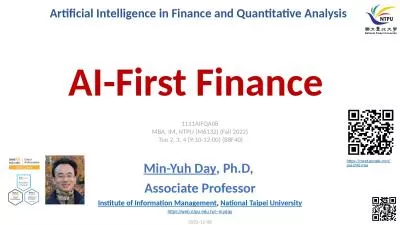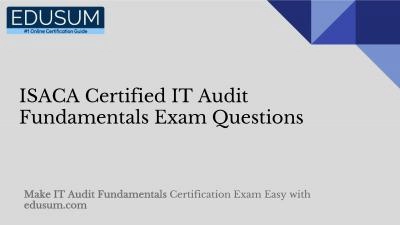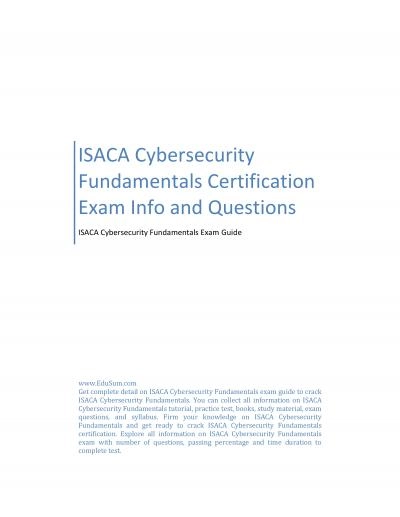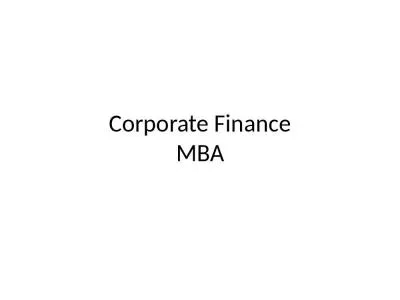PPT-Fundamentals of Corporate Finance, 2/e
Author : olivia-moreira | Published Date : 2016-04-20
ROBERT PARRINO PHD DAVID S KIDWELL PHD THOMAS W BATES PHD Chapter 15 How Firms Raise Capital Learning Objectives EXPLAIN WHAT IS MEANT BY BOOTSTRAPPING WHEN RAISING
Presentation Embed Code
Download Presentation
Download Presentation The PPT/PDF document "Fundamentals of Corporate Finance, 2/e" is the property of its rightful owner. Permission is granted to download and print the materials on this website for personal, non-commercial use only, and to display it on your personal computer provided you do not modify the materials and that you retain all copyright notices contained in the materials. By downloading content from our website, you accept the terms of this agreement.
Fundamentals of Corporate Finance, 2/e: Transcript
Download Rules Of Document
"Fundamentals of Corporate Finance, 2/e"The content belongs to its owner. You may download and print it for personal use, without modification, and keep all copyright notices. By downloading, you agree to these terms.
Related Documents

